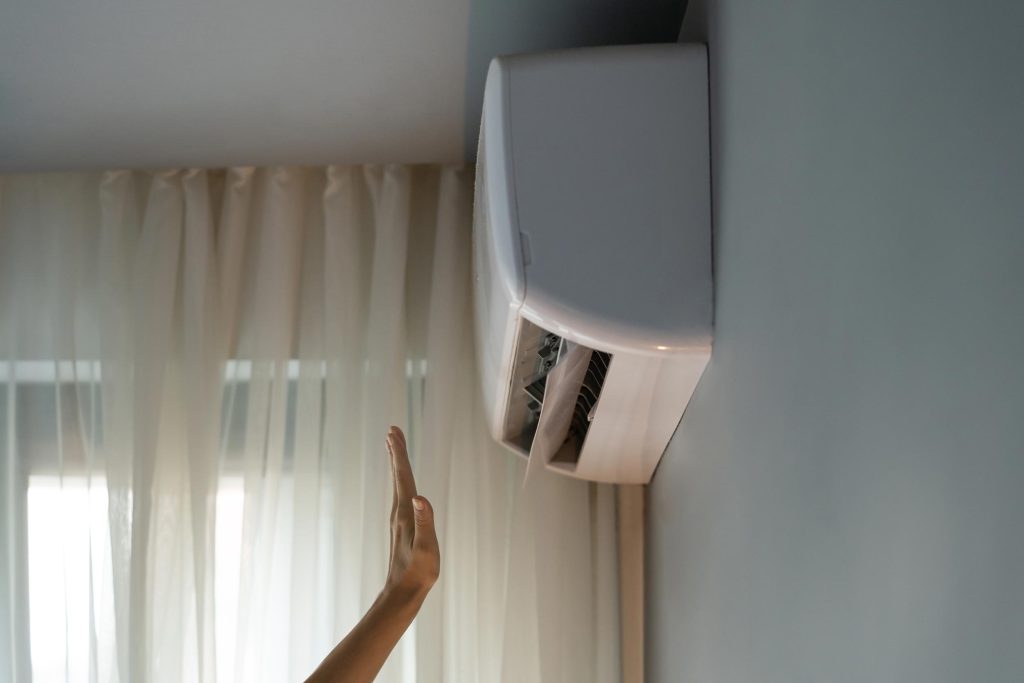What does HVAC stand for?
HVAC stands for Heating, Ventilation, and Air Conditioning, the systems responsible for maintaining comfortable indoor environments throughout the year. Whether in homes, offices, or large commercial buildings, HVAC systems regulate temperature, manage airflow, and ensure good indoor air quality. Understanding how they work helps you make informed decisions about design, operation, and maintenance.
What an HVAC System Does
An HVAC system’s main goal is to provide thermal comfort and healthy air circulation. It does this by controlling three key factors:
- Heating: Generates warmth during cold periods using heat pumps, furnaces, or boilers.
- Ventilation: Circulates fresh air, removes stale air, and balances humidity.
- Air Conditioning: Cools and dehumidifies the indoor space in warm conditions.
Each function works together as part of an integrated system, using thermostats, ducts, filters, and fans to deliver consistent comfort and clean air.
How HVAC Systems Work
At the centre of most HVAC systems are two essential components — a heat source (or cooling source) and a network that moves air throughout the building. The process typically works as follows:
- Air intake: Outdoor air enters through vents or return ducts.
- Filtration: The air passes through filters that trap dust, pollen, and other particles.
- Heating or cooling: Depending on the temperature setting, air is either heated or cooled by the system’s core unit.
- Distribution: Fans push conditioned air through ducts or vents into different spaces.
- Exhaust and ventilation: Used air is expelled or recycled to maintain air quality and pressure balance.
Modern systems use sensors and thermostats to adjust output automatically, improving energy efficiency and maintaining stable indoor conditions.
HVAC in a Residential Context
In homes, HVAC systems are designed for comfort, quiet operation, and energy efficiency. The most common configurations include:
- Split systems: Combining an outdoor compressor and an indoor unit for heating and cooling.
- Ducted systems: Delivering conditioned air to multiple rooms through ceiling or floor ducts.
- Heat pumps: Providing both heating and cooling by transferring heat between indoors and outdoors.
Home HVAC design focuses on correct sizing, insulation, and airflow to maintain consistent temperatures without excessive energy use. A well-designed residential system improves not only comfort but also indoor air quality by filtering pollutants and managing humidity levels.
HVAC in a Commercial Context
Commercial HVAC systems operate on a larger scale, designed to handle high occupancy levels, variable internal heat loads, and complex zoning requirements.
These systems often use Variable Refrigerant Flow (VRF) or chilled water systems to deliver efficient, flexible climate control across multiple zones or floors. Advanced Building Management Systems (BMS) monitor and control temperature, humidity, and airflow in real time, adjusting automatically based on occupancy and external conditions.
Energy recovery ventilators and demand-controlled ventilation further enhance efficiency by reusing conditioned air and reducing waste. Proper commercial HVAC design also considers compliance with health, safety, and environmental standards, ensuring reliable operation and air quality for employees and customers.
Why HVAC Design Matters
A well-designed HVAC system provides comfort, efficiency, and long-term value. Poorly sized or installed systems can waste energy, cause uneven temperatures, and shorten equipment lifespan.
By working with qualified professionals who understand heating, ventilation, and air conditioning in both residential and commercial contexts, you can ensure your system performs reliably, maintains healthy air, and keeps energy costs under control.
For expert advice, installation, and servicing of HVAC systems, contact the Comfort Group team. With over 25 years of experience, they design tailored heating and cooling solutions that deliver comfort, efficiency, and peace of mind for homes and businesses alike.


